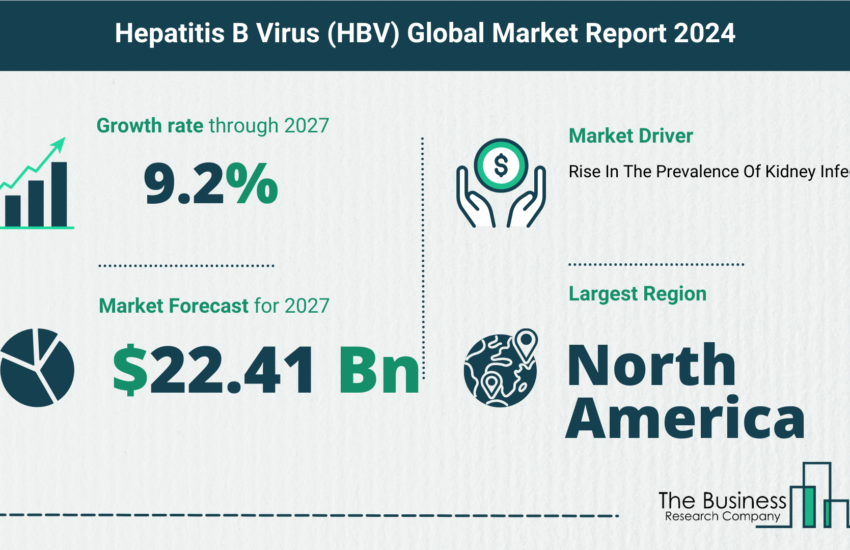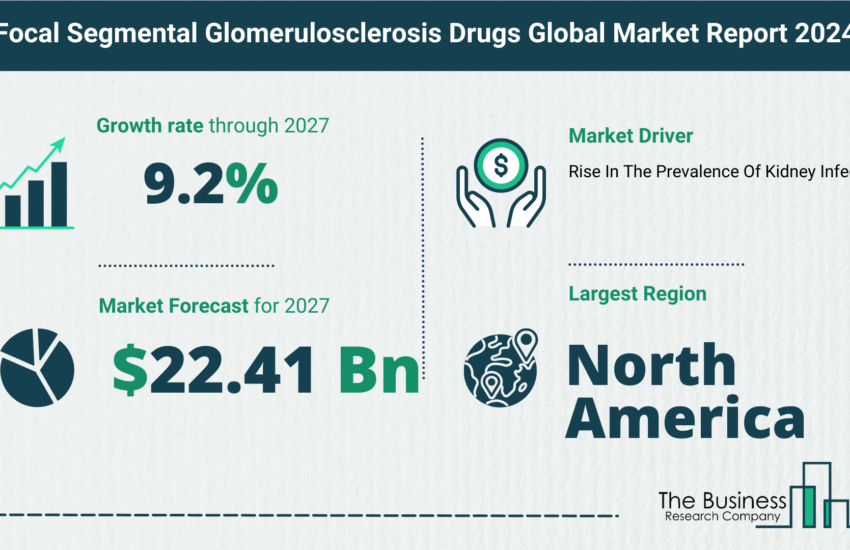Antivirals Are The Largest And Fastest Growing Segment Of The Anti-Infective Drugs Market
The global anti-infective drugs market is segmented by product type into antibiotics, antivirals, antifungals and others. Of these segments, the global antivirals market held the largest share at 43.1% of the total anti-infective drugs market in 2018, and was worth $38.1 billion. This can be attributed to the rapid increase in the access to antiviral treatment of sexually transmitted diseases such as Hepatitis B and HIV/AIDS. For example, the number of people receiving HIV treatment globally grew from 15 million in 2014 to 21.7 million in 2017 at an annual growth rate of 13%. Going forward, the antivirals market will also be the fastest growing segment of the anti-infective drugs market, reaching a value of nearly $52 billion by 2022, growing at the fastest annual rate of 8.2%. The largest share of the antivirals market in the global anti-infective drugs market can be attributed to the high prevalence rates of viral infections such as diarrheal diseases, and continuous treatment required by patients suffering with untreatable viral diseases such as HIV/AIDS and Hepatitis B, especially in developing countries.
According to market size gain analysis, the antivirals market will also be the segment where there is significant business opportunity to be gained by competitors in the next five years, putting on the most value at $14.11 billion to 2022.
The global antivirals market can be sub-segmented by therapeutic type into HIV/AIDS therapeutics, hepatitis therapeutics, herpes therapeutics, and influenza therapeutics. Of these, the fastest growing subsegment of the antivirals market to 2022 will be the herpes therapeutics market, growing at an annual rate of more than 14%. This can be attributed to the increasing awareness and prevalence of the herpes disease. According to market size analysis, the HIV/AIDS therapeutics market will be the segment where there is significant business opportunity to be gained by competitors in the next five years, putting on the most value at $5.3 billion to 2022.
A study was conducted in 2018 in the USA, among pharmacists in regards to antiviral drugs distribution methods. In the study, the Centers for Disease Control and Prevention collaborated with state health departments to distribute and dispense antiviral drugs from public stockpiles, and evaluate the benefits of commercial distribution and dispensing through community pharmacies. According to the study, the majority of pharmacists and the general public were willing to visit community pharmacies for antivirals. It was also concluded that the public’s perception on the availability of antivirals was towards pharmacies rather than public health clinics. A few pharmacists expressed their concerns about facing shortages of the antivirals.




